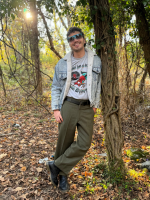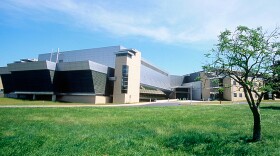At least 10 people overdosed Wednesday morning in Baltimore’s Penn North neighborhood, marking the third mass overdose incident in three months to hit the area.
Baltimore police said six people were taken to the hospital and four refused further treatment.
No one died during the incident.
“The Mayor’s Office of Overdose Response is on the scene, and the Baltimore City Department of Health is canvassing the surrounding area with community partners, distributing naloxone and educating residents on harm reduction strategies,” Mayor Brandon Scott said in a statement.
In total about 42 people have fallen victim to mass overdoses in the neighborhood since July 10.
On Tuesday, city health officials were on the scene as well as nonprofit organizations and treatment centers to provide resources.
However, residents say the resources need to come before these incidents happen.
“You have Penn North treatment sitting down there, I’ve seen a couple resources,” said Keisha Taylor, a 38-year resident of Penn North. “You just probably need more. You know, flooded [with resources]. More groundwork. I see them around, but more groundwork. More groundwork is needed.”
No one has died from the mass overdose incidents, however, the problem continues to happen in the area.
The previous overdoses may have been due to N-Methylclonazepam, a benzodiazepine that operates similarly to Xanax or Valium, in the opioids that were given out in the neighborhood.
“It can cause a depressed level of consciousness and reduced respiratory drive,” said Dr. Gentry Wilkerson, an emergency medicine physician at the University of Maryland Medical Center. “When you have that drug working together with an opioid, then they're going to have a more profound effect on somebody.”
Baltimore is in the midst of starting to spend hundreds of millions of dollars it won in settlements and lawsuits filed against opioid manufacturers and distributors for their role in the epidemic.









